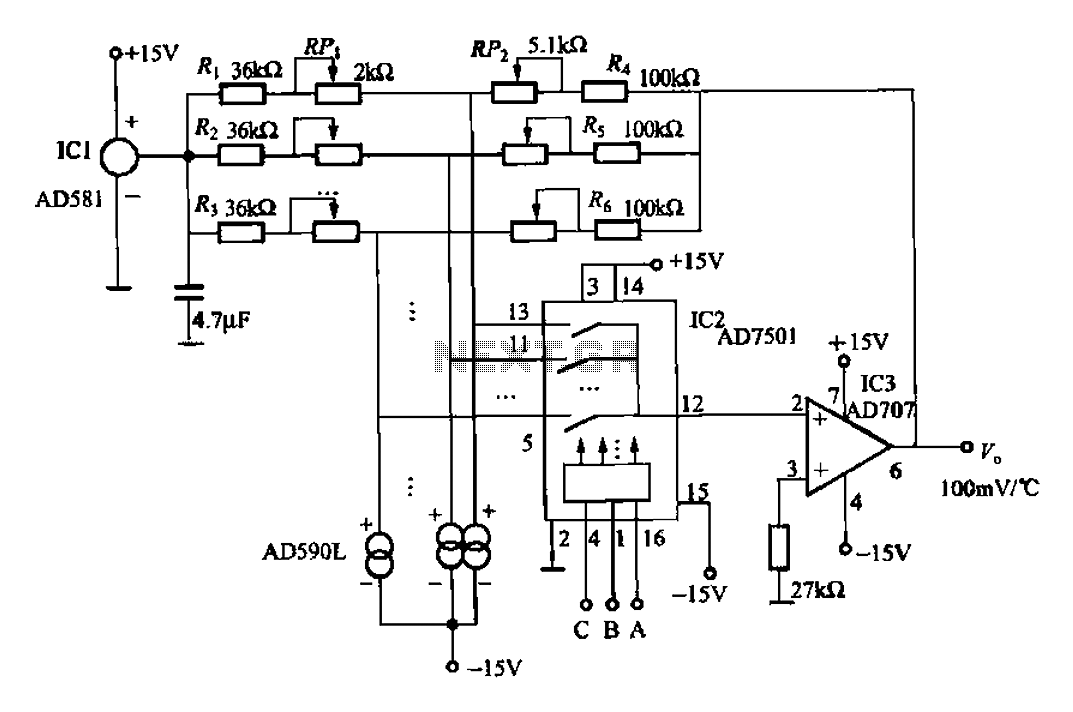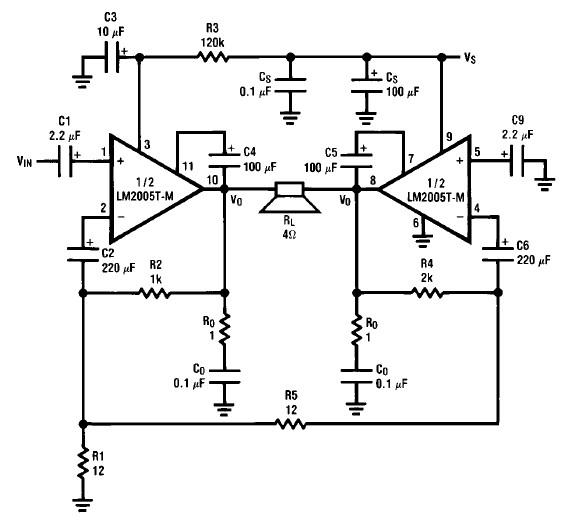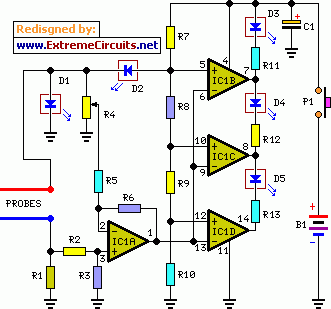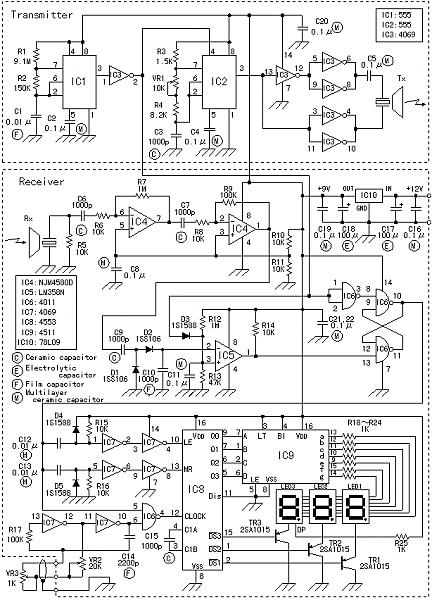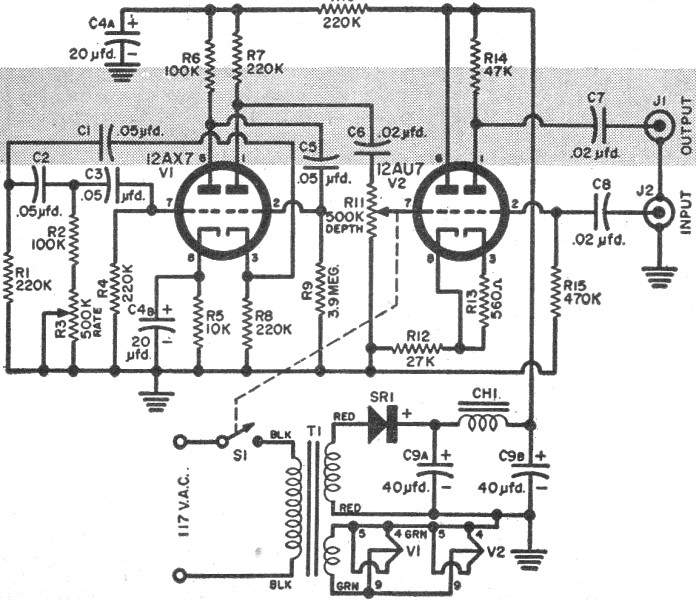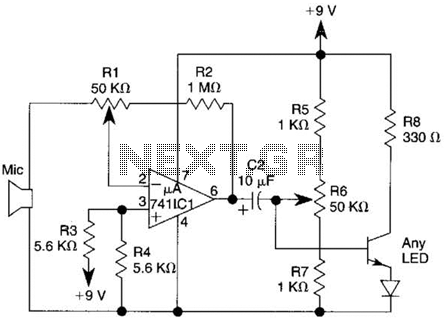
Car Battery Tester For Cranking Amps Circuit
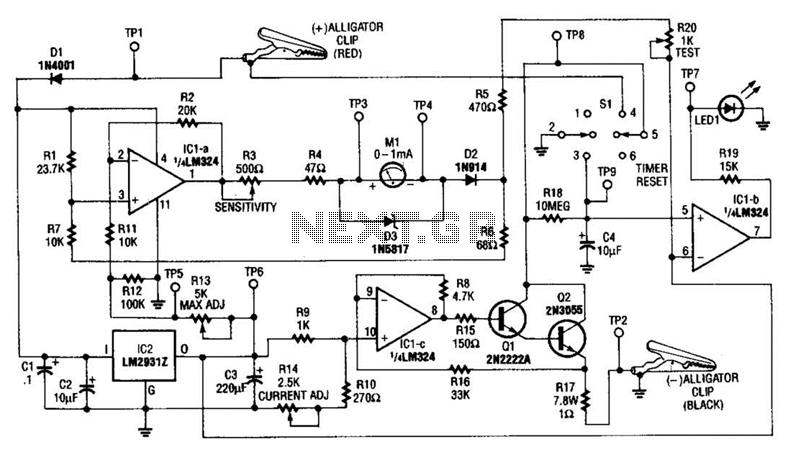
This circuit measures the cold cranking amps of a battery by discharging the surface charge and then assessing the internal resistance. This method provides a more accurate measurement than merely observing the instantaneous voltage drop under load. A constant-current source of 2.5 A is utilized. After one minute, a voltage drop measurement is taken while under load.
The described circuit is designed to accurately evaluate the cold cranking amps (CCA) of a battery, which is crucial for assessing the battery's ability to start an engine in cold conditions. The process begins by discharging the surface charge of the battery. This step is essential because surface charge can lead to misleading voltage readings that do not reflect the battery's true state of health.
Once the surface charge is discharged, the circuit employs a constant-current source that draws 2.5 A from the battery. This current draw is significant as it simulates the load that a starter motor would place on the battery during engine cranking. The use of a constant current allows for a controlled environment in which the internal resistance of the battery can be accurately measured.
After maintaining the load for one minute, the circuit measures the voltage drop across the battery terminals. This voltage drop is directly related to the internal resistance of the battery, which can be calculated using Ohm's law. The internal resistance is a critical factor in determining the battery's performance under load, and thus, the cold cranking amps can be derived from this measurement.
In summary, this circuit provides a reliable method for determining the cold cranking amps of a battery by first eliminating the surface charge and then measuring the internal resistance under a defined load. This approach yields a more realistic assessment of the battery's capability to deliver the necessary current for engine starting, especially in cold weather conditions. This circuit determines the cold cranking amps of a battery by first discharging the surface charge, then checking the internal resistance. This gives a more realistic measurement than simply measuring the instantaneous drop in voltage with a load.
A constant-current source draws 2.5 A. Then, after one minute, a voltage drop measurement is made under load. 🔗 External reference
The described circuit is designed to accurately evaluate the cold cranking amps (CCA) of a battery, which is crucial for assessing the battery's ability to start an engine in cold conditions. The process begins by discharging the surface charge of the battery. This step is essential because surface charge can lead to misleading voltage readings that do not reflect the battery's true state of health.
Once the surface charge is discharged, the circuit employs a constant-current source that draws 2.5 A from the battery. This current draw is significant as it simulates the load that a starter motor would place on the battery during engine cranking. The use of a constant current allows for a controlled environment in which the internal resistance of the battery can be accurately measured.
After maintaining the load for one minute, the circuit measures the voltage drop across the battery terminals. This voltage drop is directly related to the internal resistance of the battery, which can be calculated using Ohm's law. The internal resistance is a critical factor in determining the battery's performance under load, and thus, the cold cranking amps can be derived from this measurement.
In summary, this circuit provides a reliable method for determining the cold cranking amps of a battery by first eliminating the surface charge and then measuring the internal resistance under a defined load. This approach yields a more realistic assessment of the battery's capability to deliver the necessary current for engine starting, especially in cold weather conditions. This circuit determines the cold cranking amps of a battery by first discharging the surface charge, then checking the internal resistance. This gives a more realistic measurement than simply measuring the instantaneous drop in voltage with a load.
A constant-current source draws 2.5 A. Then, after one minute, a voltage drop measurement is made under load. 🔗 External reference
